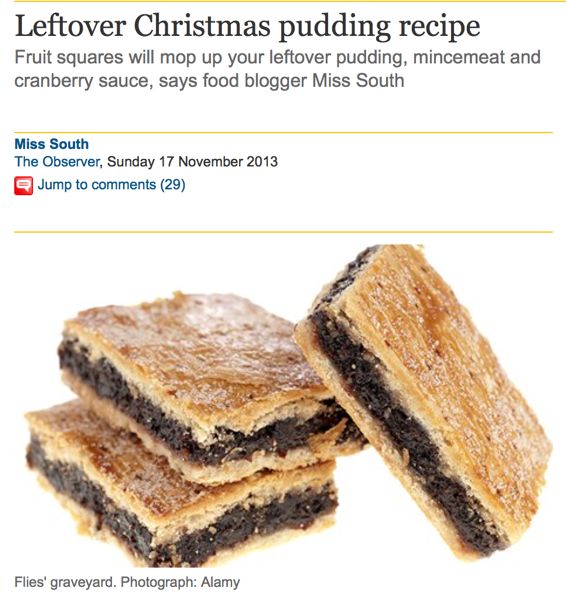Cashew Nut Blondies
 As I might have mentioned, I’ve been quite busy recently which has lead to the slightly bizarre scenario of being a food writer without the time to cook anything. What I needed was something low maintenance, very easy and with tonnes of impact for very little effort.
As I might have mentioned, I’ve been quite busy recently which has lead to the slightly bizarre scenario of being a food writer without the time to cook anything. What I needed was something low maintenance, very easy and with tonnes of impact for very little effort.
Oddly enough I found the answer to this quest in a disappointing jar of cashew butter. Since I’ve been lusting after some Keen nut butters for ages but unable to get them easily in South London, I impulse purchased a jar of the new Sun-Pat cashew butter instead.
I should have held out for the good stuff because this cashew and peanut blend was awful. Flavourless, limp and claggy, I couldn’t even eat the slice of toast I’d put it on as midnight snack. Staring blankly at a whole jar of the stuff, I took to Twitter to vent and some bright spark suggesting baking with it to rescue it.
I originally thought I’d make cookies like these but then I happened to be perusing one of my favourite sites Post Punk Kitchen and saw a recipe for peanut butter blondies and knew I had my answer. I love Isa’s recipes even if I tend to de-veganise them as I have here and adapted them in other ways.
Spiced Cashew Nut Blondies (makes about 12 medium size blondies)
- 150g cashew nuts, roughly chopped
- 2 tablespoons water
- 2 tablespoons sugar
- 1 teaspoon cinnamon
- 1/2 teaspoon ground ginger
- 1/2 teaspoon allspice
- 1/4 teaspoon mace
- 175g cashew nut butter or peanut butter
- 50ml vegetable oil
- 175g brown sugar
- 50ml milk (non dairy milk works well too)
- 2 teaspoons vanilla extract
- 250g plain flour (use a gluten free one if needed)
- 1/2 teaspoon sea salt
- 1/2 teaspoon baking powder
Begin by taking some roasted salted cashew nuts and chopping them roughly so that each nut is in about thirds. You want a bit of bite. Melt the sugar and the water together in a small pan and add the spices. Stir it all well and allow to become a thick dark syrup. Toss the cashew nuts in the syrup and lay in a single layer on a baking tray. Roast for about 15 minutes at 200℃.
In a large bowl, mix the cashew nut butter and the oil together into a thick paste. Beat the sugar into it all. Add the milk and the vanilla. It will be quite runny. Sift the flour, salt and baking powder into the nut and sugar mix.
Stir it all well. It will combine easily into a ball that comes away from the edges of the bowl cleanly. Line a 9 inch square tin with baking liner or greaseproof paper. Tip the roasted spiced cashews into the dough and carefully mix them through lightly. Spoon the dough into the tin and flatten it out with the back of a fork.
Turn the oven down to 175℃. Bake the blondies for about 20-22 minutes or until the edges are golden brown. The centre should still be soft. Allow the blondies to cool completely in the tin and then cut into 12 squares.
These kept for almost a week in an airtight container and were a fantastic quick snack when I didn’t have time to do more than just grab something with a cuppa. The cashew nut butter wasn’t completely rescued by this as the taste was still a bit thin, but the texture was fantastic and I’d make them again with a decent peanut or cashew butter anytime. I might even re-veganise them too…





